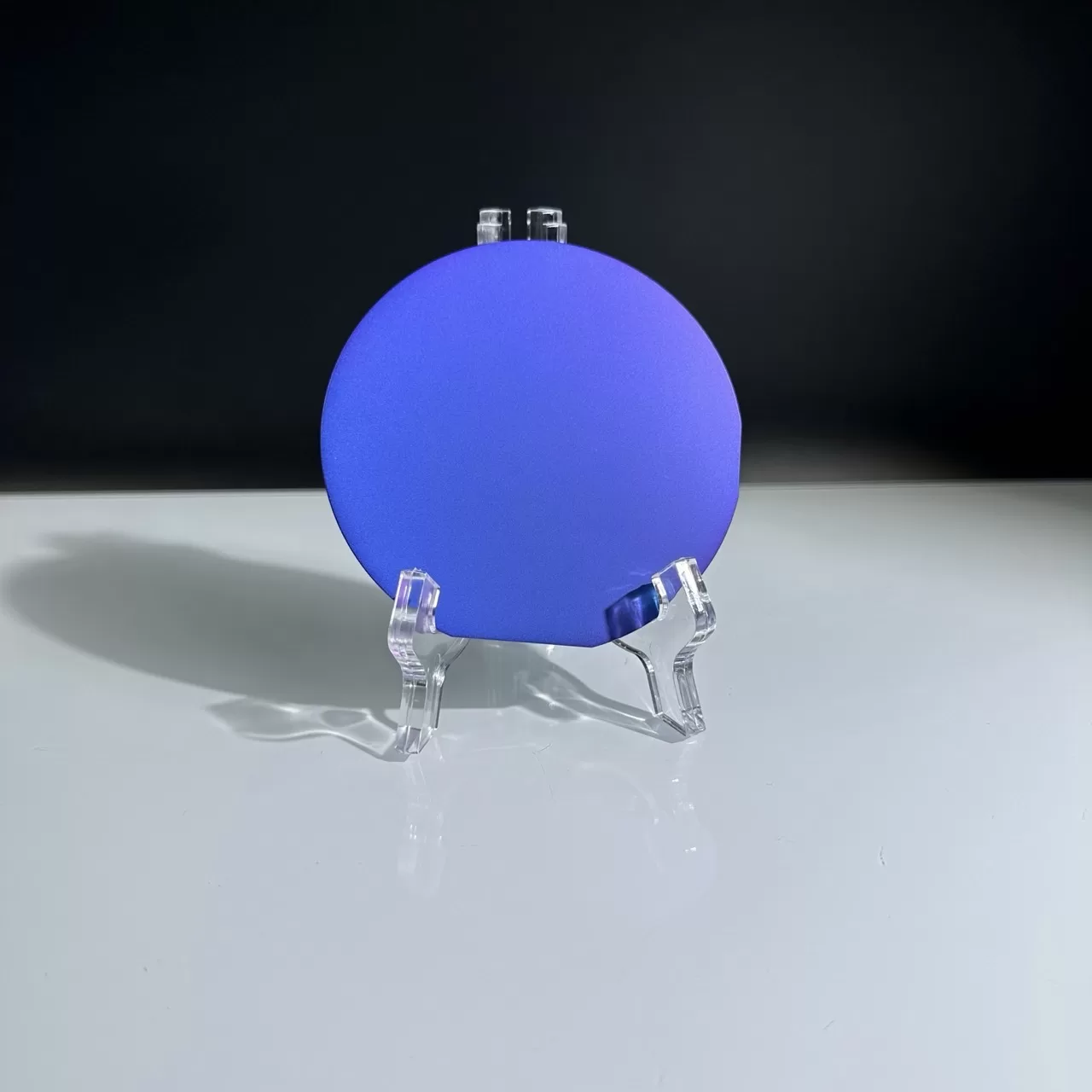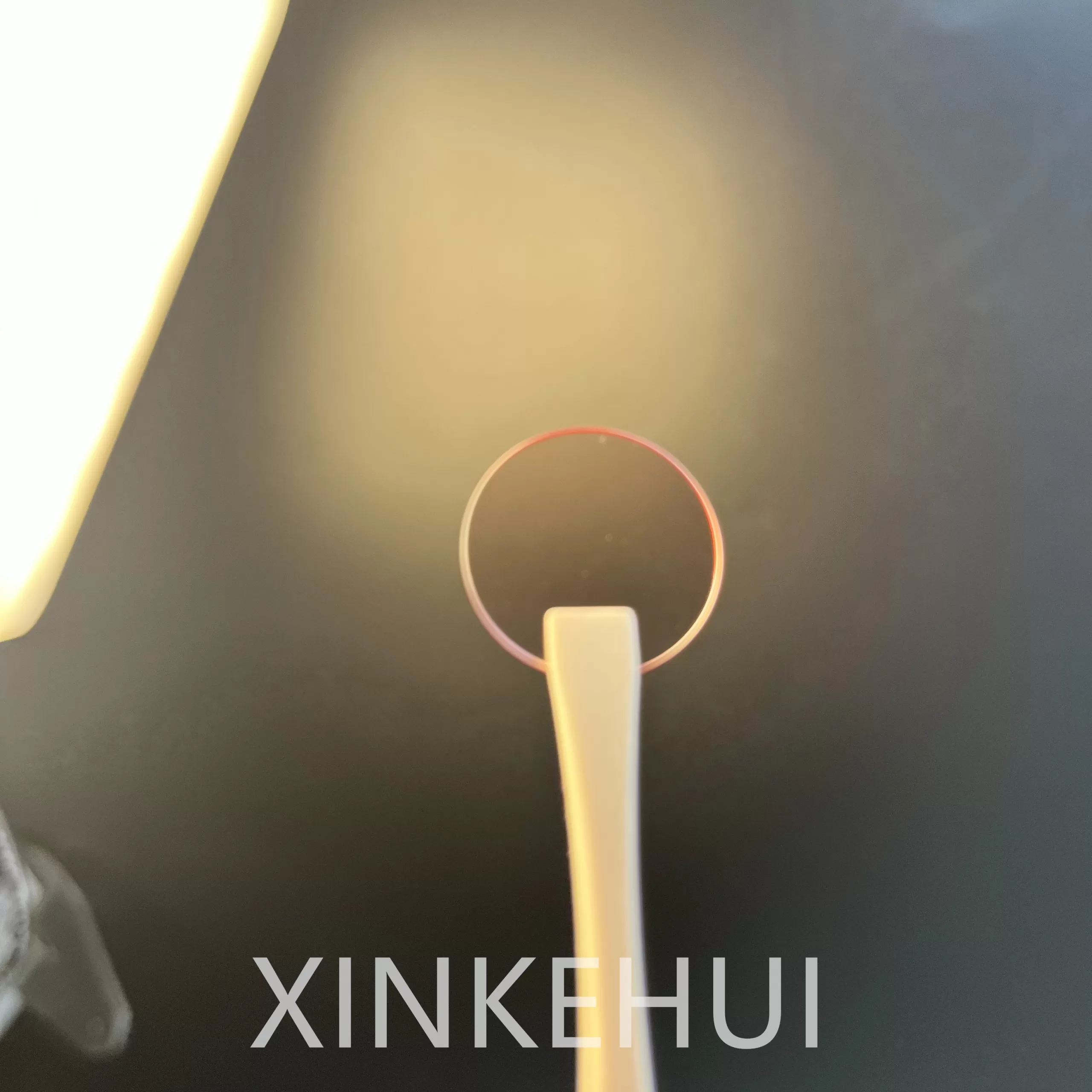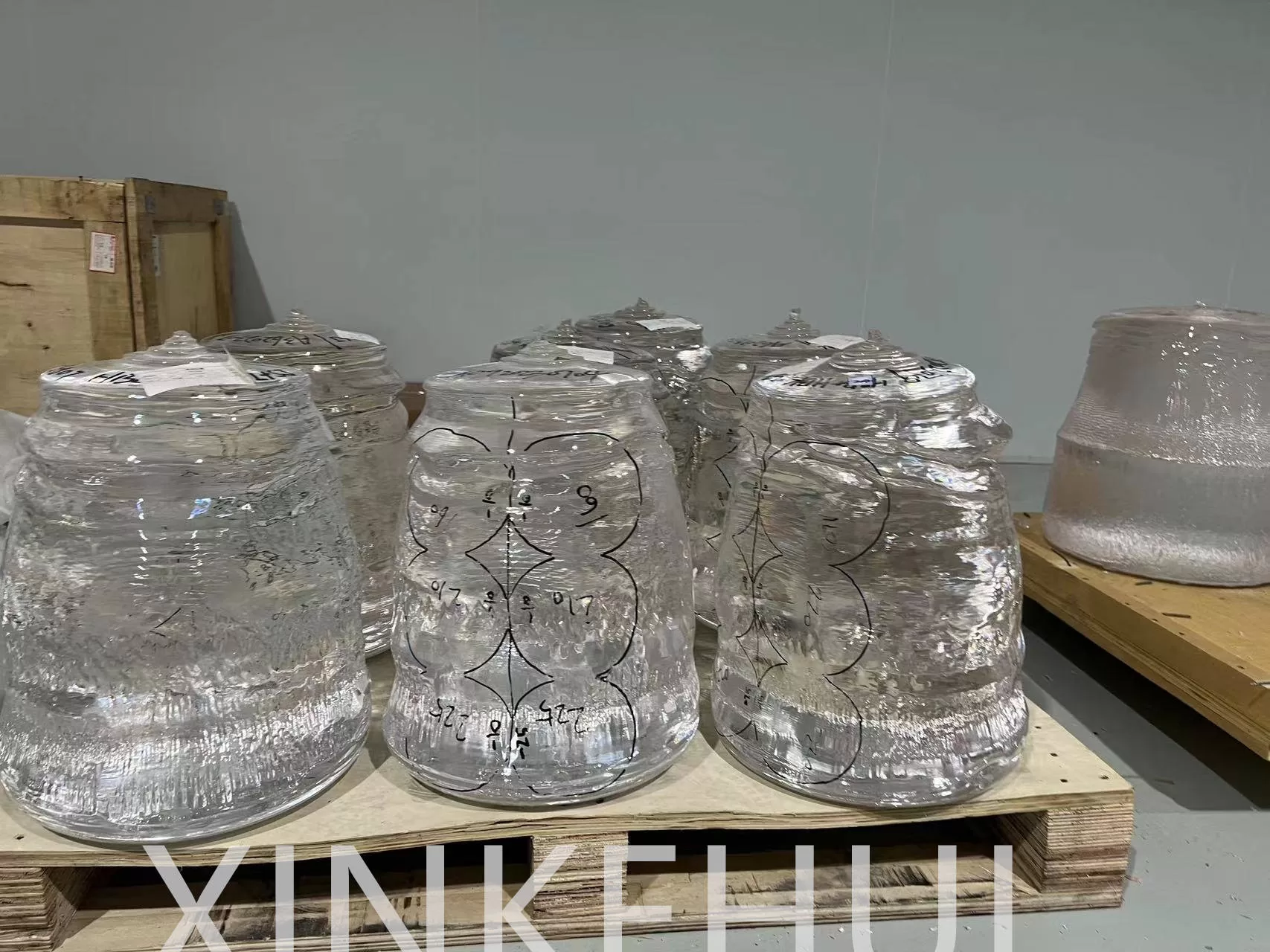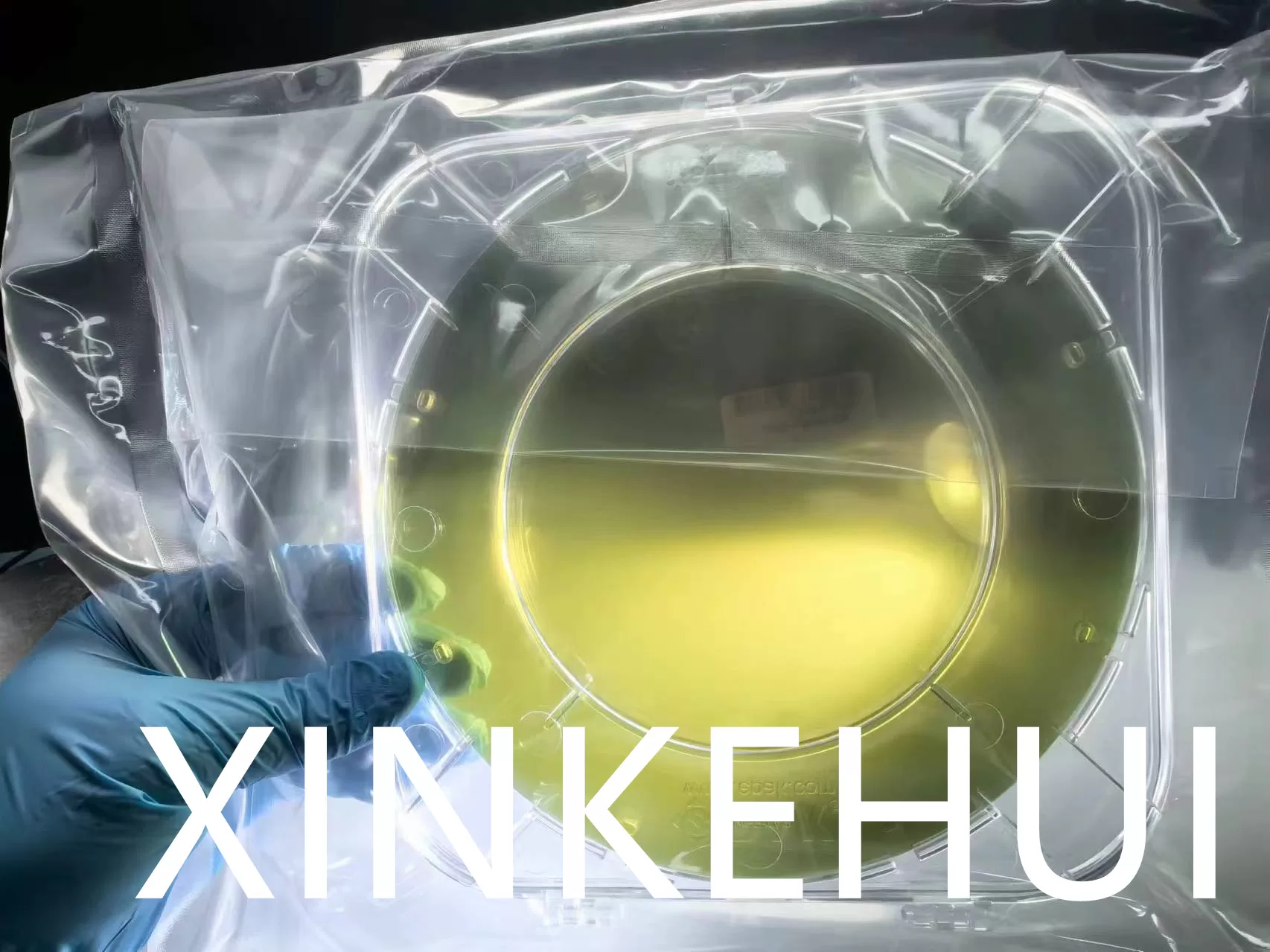Focus on the field of new material !
A silicon wafer, commonly referred to as Si wafer, is a fundamental component in the field of semiconductor manufacturing. This thin and disc-shaped slice is typically made from single-crystal silicon and plays a pivotal role in the production of integrated circuits (ICs) and microelectronic devices.
They are engineered with precision, and their properties are crucial for ensuring the performance and reliability of electronic components. These wafers serve as the foundational substrate for the fabrication of semiconductor devices that power a wide range of electronic products, from computers and smartphones to various industrial applications.
The manufacturing process of Si wafers involves several intricate steps. Initially, high-purity silicon is melted and then solidified into a single crystal through a method called the Czochralski process. The resulting cylindrical ingot is then sliced into thin wafers using precision cutting techniques. These wafers undergo rigorous polishing to achieve a smooth and flawless surface.
Once the silicon wafers are prepared, they undergo various processes such as doping and lithography to introduce specific electrical properties and create intricate patterns for electronic circuits. Doping involves introducing impurities into the silicon lattice to alter its conductivity, allowing the creation of n-type and p-type regions essential for transistor operation.
Lithography is a key step where a pattern is transferred onto the wafer’s surface using photomasks and light exposure. This process defines the intricate circuitry that constitutes the electronic components. The pattern is etched into the silicon, and layers of materials, such as metals and insulators, are deposited to build the circuitry.
The silicon wafer’s diameter has evolved over time, with larger wafer sizes becoming more prevalent in modern semiconductor manufacturing. Common wafer sizes include 150mm, 200mm, and 300mm, allowing for higher efficiency and increased yield in the production of electronic devices.
they also play a crucial role in enabling the miniaturization of electronic components, as advancements in technology strive to reduce the size of transistors and enhance the overall performance of semiconductor devices.
In conclusion, they are foundational elements in the world of semiconductor manufacturing, serving as the canvas for the intricate electronic circuits that power today’s technological landscape. The continuous advancement of silicon wafer technology contributes to the development of more powerful, efficient, and compact electronic devices.
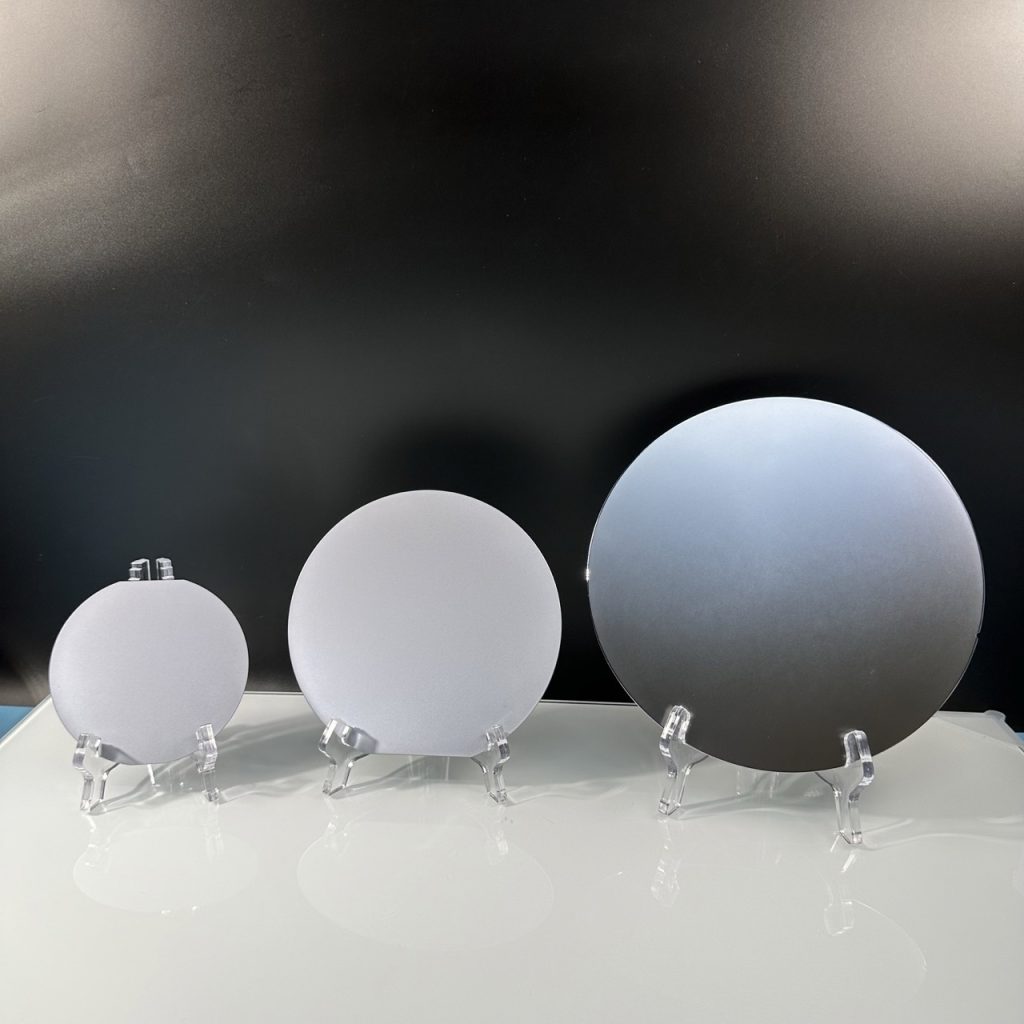
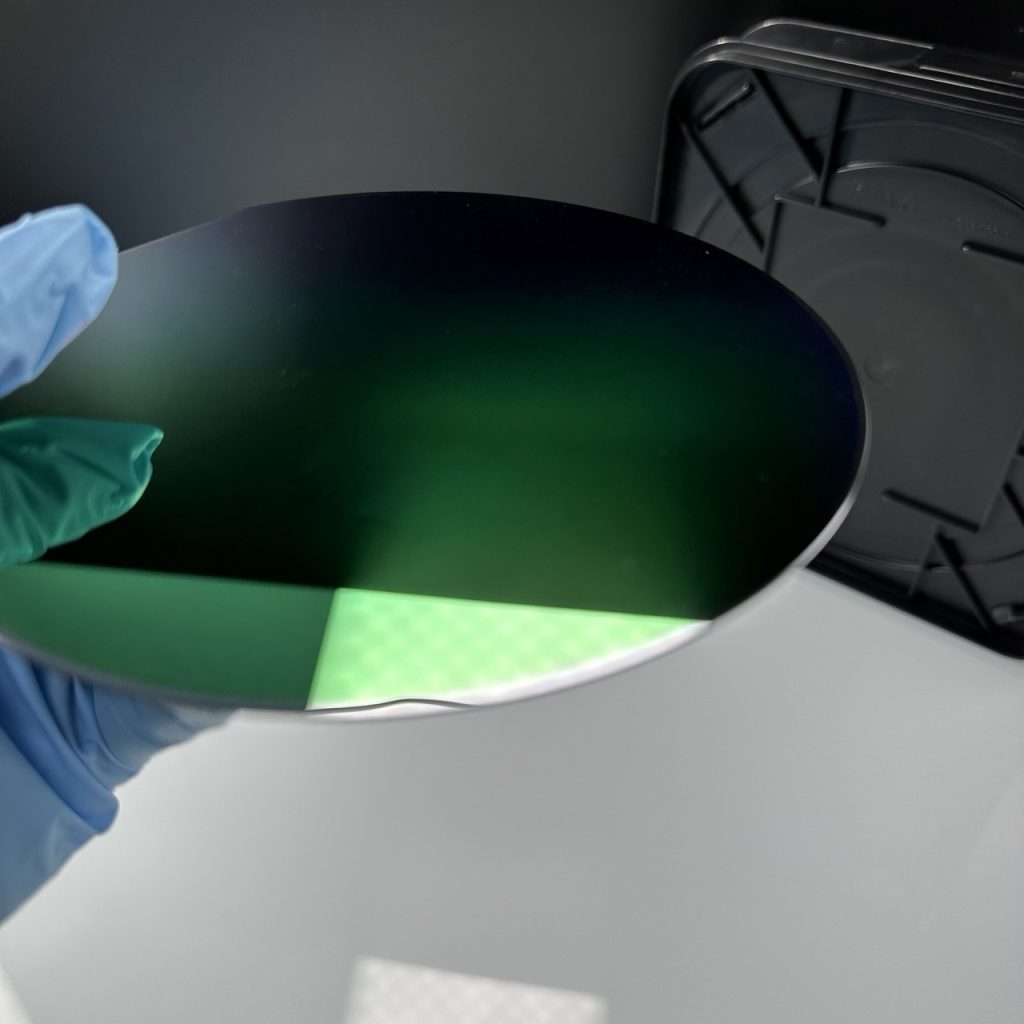
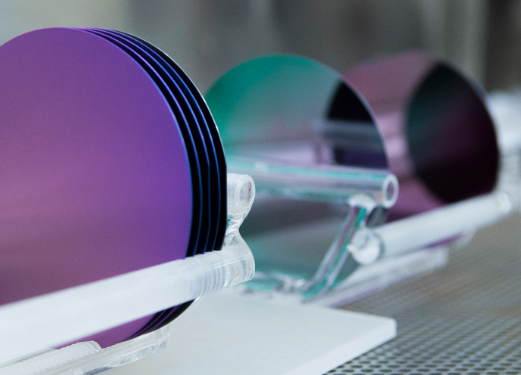
Silicon wafers are the semiconductors that are utilized for manufacturing microchips and chips in electronic devices. Integrated circuits are built by these semiconductors due to the features of the current of electricity through silicon wafers.
Microchips are made layer-by-layer on a silicon wafer using a process called photolithography. Light, gases, and chemicals are used to create the chip layers. The wafer is then bombarded with atoms to adjust its conductivity. Aluminum foil is then used to create conducting pathways in the wafer.
Quick summary. Silicon is a naturally occurring element that is commonly used to make electronics, such as microchips and circuit boards. Silicones are synthetic materials similar to rubbers that are used to make a wide variety of products, such as adhesives and lubricants.
